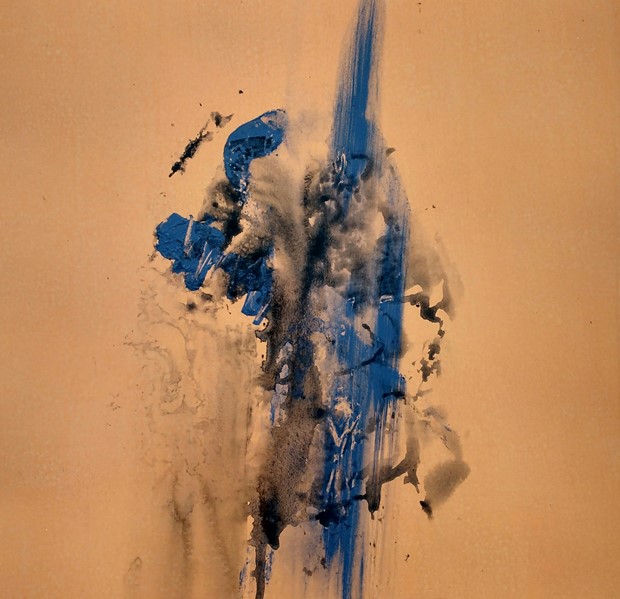Making & Meaning : Meaning-Making
Deleuze and Guattari compare the generation of concepts to percepts – concepts are built using language (linguistics) to convey meaning, whereas percepts connect the seen to the felt, imagined, and non-lingual. Applying this to an artwork they say ‘the thing or the work of art - is a bloc of sensations, that is to say, a compound of percepts and affects… …the artist creates blocs of percepts and affects.’ Creating an effective translation of the thinking done when making offers linguistic challenges, and likewise complexities come about in explaining feelings generated when viewing artwork. How and why percepts are set up, how affects can be harnessed (using compositional considerations), and understanding the link between act and mind could be at the heart of a robust working practice. In theorising about the psychology of apprehending and making artwork, considerations arise as to ‘How, why, and what does the artwork do when viewed?’ and ‘How, why, and what does one do in making artwork?’
Turning first to the apprehension of artwork and asking ‘How, why, and what does the artwork do?’ We can say the artwork sets up feelings through seeing, using non-verbal and non-sequential means, thus artwork connects with the mind and seems to stand for something. This perceptual interpretation is direct and triggers sensory understanding which is difficult to relate verbally.
- Contexts: Arts in health , Further education , Practice-based research , Research , Writing
- Artforms: Mixed media , Painting

